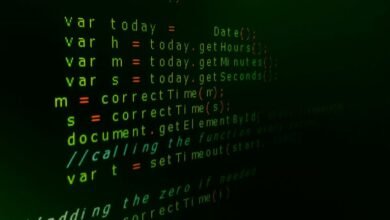Suspicious Caller Detection & Tracking Office 3209509579 3280169432 3481911419 3388505180 3349583255 3510304570

The recent identification of several suspicious caller numbers, including 3209509579 and 3280169432, presents a significant concern for communication security. These numbers display unusual calling patterns, particularly during odd hours, which suggests potential malicious intent. Employing advanced tracking software could enhance detection capabilities. Understanding the tools and techniques available for caller identification may reveal critical insights. The implications of these findings warrant further examination to assess their impact on organizational safety.
Recognizing Suspicious Call Patterns
While the proliferation of communication technology has enhanced connectivity, it has also given rise to various suspicious call patterns that warrant careful analysis.
Caller behavior analysis reveals red flag indicators, such as repeated calls from unknown numbers, unusual calling hours, and inconsistent caller identities.
Identifying these patterns is crucial for safeguarding personal freedom and ensuring that individuals remain vigilant against potential threats in their communication landscapes.
Tools and Techniques for Caller Identification
Analyzing suspicious call patterns highlights the importance of effective caller identification tools and techniques.
Caller ID systems provide essential information regarding incoming calls, while advanced tracking software can analyze call origin and frequency.
These technologies empower users to identify potential threats, thereby enhancing personal security and freedom.
Reporting and Documenting Suspicious Calls
Effective documentation and reporting of suspicious calls are critical components in addressing potential security threats.
Call log analysis plays a vital role in identifying patterns and correlating incidents. Comprehensive incident documentation enables organizations to track recurring issues, facilitating informed decision-making.
Preventative Measures to Protect Against Scammers
To mitigate the risk of falling victim to scammers, individuals and organizations must implement a range of preventative measures that enhance their defenses against fraudulent communications.
Key strategies include fostering scam awareness through education and training, as well as utilizing call blocking technologies to filter out suspicious numbers.
These proactive steps contribute significantly to reducing vulnerability and safeguarding personal and organizational information.
Conclusion
In conclusion, the identification and tracking of suspicious caller numbers is essential for safeguarding communication integrity. By employing advanced technology reminiscent of a digital fortress, organizations can effectively monitor unusual calling patterns and document potential threats. The implementation of robust reporting mechanisms and preventative strategies not only fortifies defenses against scams but also enhances overall situational awareness. As vigilance increases, the risk posed by these dubious callers diminishes, creating a safer communication environment for all stakeholders involved.




